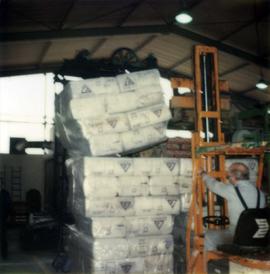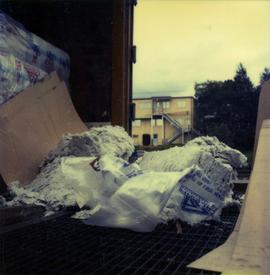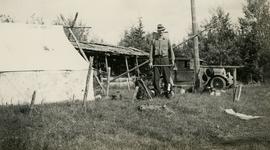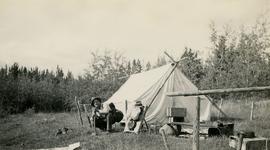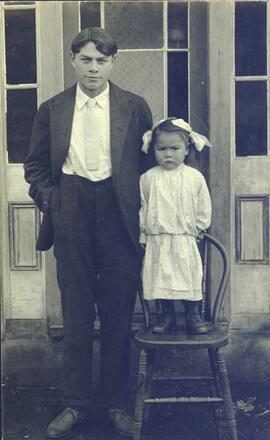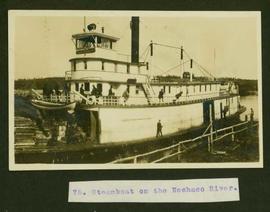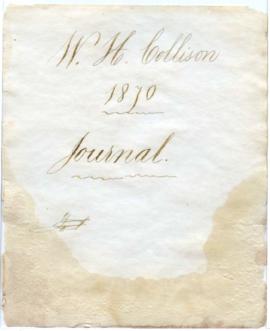Summary of the diary of Willard Freer, January 1, 1944 to September 30, 1944:
- January 1-May 27, 1944: Diamond J Ranch
- May 27-June 6, 1944: Travel to Lower Post
- June 6-18, 1944: Waiting for C.H. Ney, land surveyor for the Dominion Geodetic Survey
- June 19-August 28, 1944: Packing for the Dominion astrofix survey
- August 28-September 7, 1944: Lower Post
- September 7-24: Return trip to Diamond J Ranch
- September 28-[October 21], 1944: Fort Ware trip to pick up food and machinery left after the Bedaux expedition
